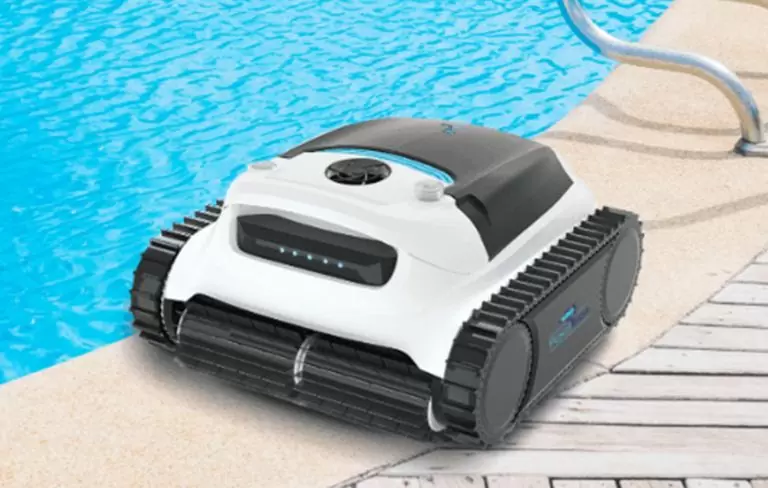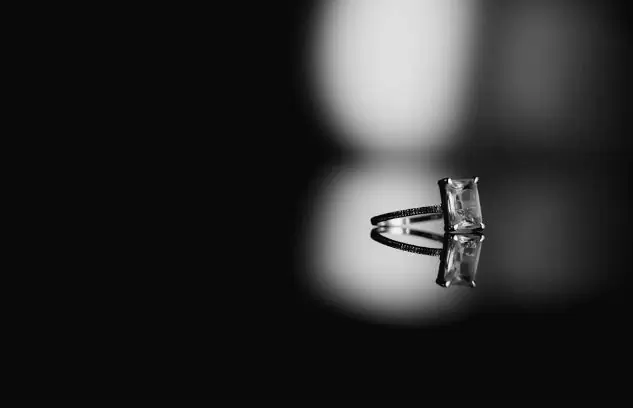How To Sleep With A Kidney Stent
A kidney stent is a small, flexible tube inserted into the ureter to help urine flow from the kidneys to the bladder. It’s a common medical procedure used for various reasons, such as treating kidney stones, relieving blockages, and managing other urinary tract issues. The stent is usually made of silicone or polyurethane material and can be left in place for days or weeks, depending on the situation.
Living with a kidney stent may be challenging, especially when sleeping comfortably. Sleeping positions that put pressure on your abdomen and flank area may cause discomfort or pain, so it’s essential to find comfortable sleeping positions that work best for you. For instance, sleeping on your side with pillows between your legs can help reduce pressure around the affected area.
In addition to finding comfortable sleeping positions with a kidney stent, staying hydrated and avoiding certain foods like spicy foods and caffeine before bedtime can also help reduce discomfort during sleep. Taking prescribed medications as directed by your healthcare provider can also help manage pain and symptoms associated with having a kidney stent.
How to ease pain from kidney stent
Sleeping with a kidney stent can be an uncomfortable experience. The stent is inserted to allow urine to flow from the kidney to the bladder, but it can cause pain and discomfort and make sleep difficult. To ease this pain, there are a few things you can do. First, drink plenty of water throughout the day, which will help flush out your system and reduce inflammation around the stent.
Another tip is to avoid caffeine and alcohol before bed, as they irritate your bladder and keep you awake at night. A comfortable sleeping position can also help alleviate pain. Try sleeping on your back or side with a pillow between your knees for support.
Lastly, don’t hesitate to talk to your doctor about any persistent or severe discomfort caused by the stent. They may be able to prescribe medication or suggest other remedies, such as warm baths or gentle stretching exercises, that can help ease the pain so you get a good night’s rest.
How to sleep after kidney stone surgery
After a kidney stone surgery, sleeping can be difficult for individuals due to the pain and discomfort caused by the procedure. One of the most effective ways to sleep after a kidney stone surgery is by keeping your body elevated while sleeping. You can place pillows under your head and knees to help reduce pressure on your lower back area.
Another way to ensure you get good rest after a kidney stone surgery is by avoiding caffeine, alcohol, and spicy foods before bed, as they can cause bladder irritation or increase urine production. Additionally, it’s essential to stay hydrated throughout the day and avoid drinking fluids close to bedtime.
Finding a comfortable sleeping position can be challenging for patients with a ureteral stent in place following kidney stone surgery. It’s recommended that patients sleep on their backs or sides while keeping their legs slightly bent at the knee. An extra pillow under the affected side may also help alleviate discomfort.
How can I sleep comfortably with a kidney stent?
Sleeping with a kidney stent can be challenging and uncomfortable. Finding the right sleeping position that will not cause pain or discomfort is important. Sleeping on your back with a pillow under your knees can help reduce pressure on the stent and ease discomfort. Alternatively, you may try sleeping on your side with a pillow between your legs for added support.
In addition to finding the right sleeping position, avoiding any sudden movements while sleeping that could dislodge or shift the stent is important. It means preventing sudden movements such as twisting or turning in bed during sleep. If you experience any pain or discomfort while sleeping, taking medication prescribed by your doctor before going to bed may be helpful.
It is also recommended that patients with kidney stents avoid drinking too many liquids before bedtime, which can increase the need for frequent bathroom trips throughout the night, disrupting sleep patterns. With these tips, you should be able to get a good night’s rest while managing the discomfort caused by a kidney stent.
What are some tips for reducing pain from a kidney stent?
- Adjust Your Sleeping Position: During the healing process, sleeping in a comfortable position is essential to prevent discomfort and pain. Try sleeping on your back or the unaffected side, and avoid sleeping on the side with the stent.
- Use Pillows for Support: You can try using pillows for support while sleeping. Place a pillow under your knees or between your legs to reduce pressure and provide comfort.
- Take Pain Medication as Directed: It’s vital to follow your doctor’s instructions when taking prescribed medications for pain management. Taking medicines as directed can help reduce inflammation and alleviate discomfort from the kidney stent.
- Stay Hydrated: Drinking plenty of water will help flush out any debris in the urinary tract system, including around the stent, which may help ease any discomfort you are experiencing.
- Apply Heat Therapy: Heat therapy can also help reduce pain caused by a kidney stent procedure. Consider using heating pads or warm compresses on your lower abdomen or back where you feel the most discomfort.
Overall, managing kidney stent-related pain while sleeping involves finding ways to alleviate pressure points around the area while promoting maximum comfort through proper positioning of pillows and, taking medications as directed by your doctor, staying hydrated, applying heat therapy where necessary, among other tips discussed above.
FAQs
Can I sleep on my side with a kidney stent?
Yes, you can sleep on your side with a kidney stent as long as it’s comfortable. However, it’s best to avoid sleeping on the side where the stent is placed. It’s recommended to sleep on your back or the opposite side.
Can I use a heating pad with a kidney stent while sleeping?
You should avoid using heat therapy, such as heating pads over the area of the stent placement during sleep. Heat may cause blood vessels to dilate and increase inflammation which can lead to complications.
How many hours of sleep is recommended when recovering from kidney surgery?
The amount of rest needed varies from person to person based on their individual needs and recovery progress. However, experts recommend getting at least 7-8 hours of sleep per night for optimum recovery after surgery.
Is it normal to experience discomfort while sleeping with a kidney stent?
Mild discomfort, such as soreness and pressure around the area where the stent was placed, is normal after surgery and may make it difficult for some people to get comfortable in bed initially. If the pain persists or becomes severe, contact your healthcare provider immediately.










